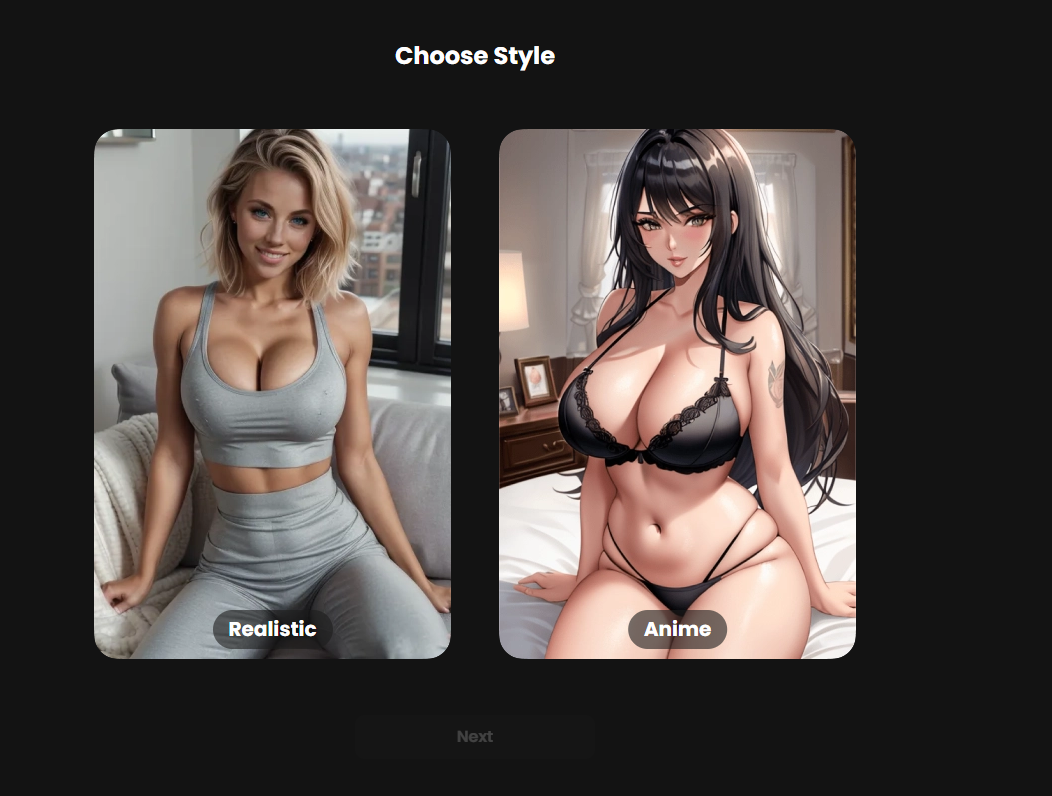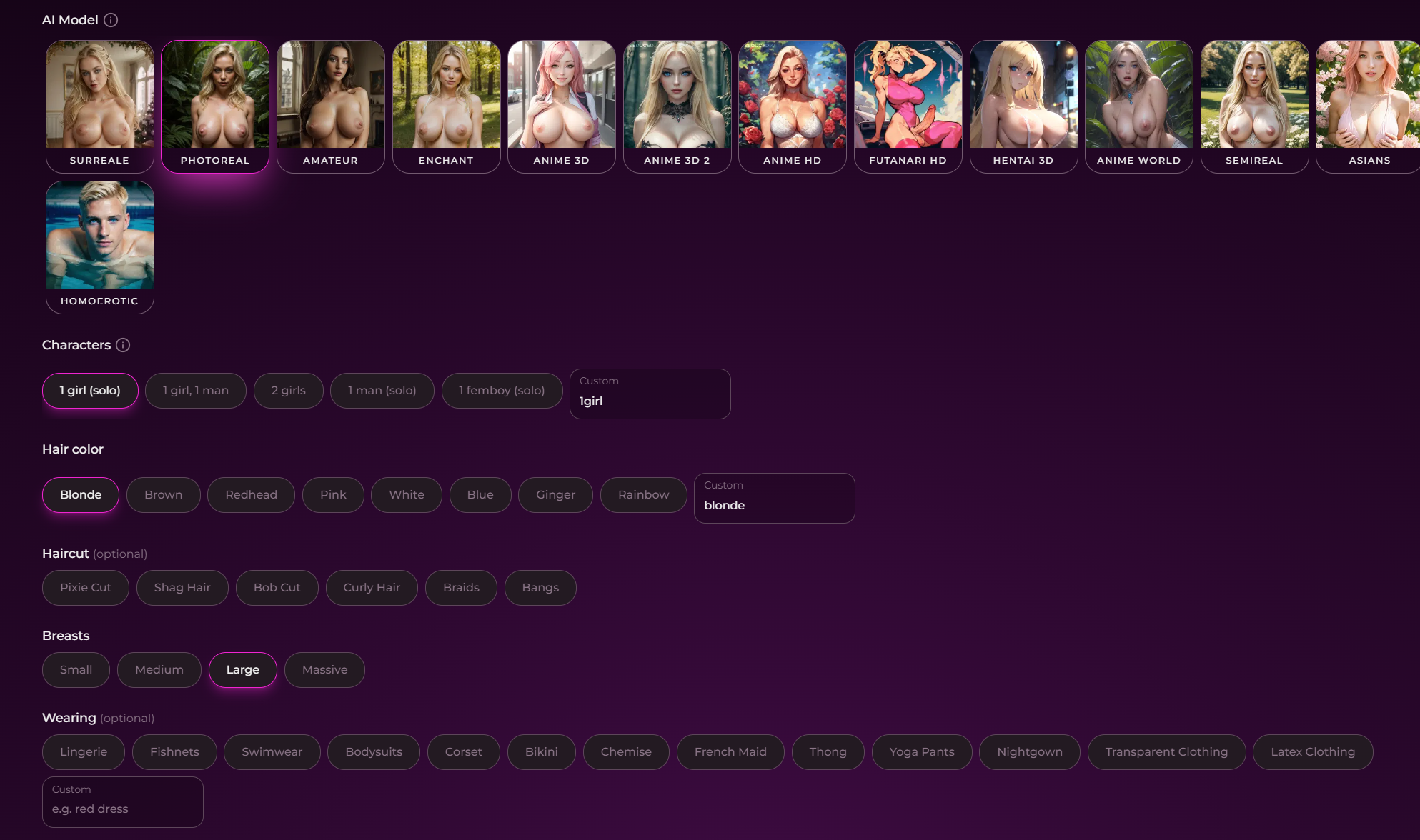There has been a recent controversy surrounding the rise of AI cameltoe in the fashion industry. This ethically charged debate has brought to light questions about the role of artificial intelligence in shaping beauty standards and objectifying women’s bodies.
While some argue that AI cameltoe is empowering and inclusive, others argue that it perpetuates harmful stereotypes and reinforces the sexualization of women. We will delve into this complex issue and examine both sides of the argument.
The Controversial Rise of Ai Cameltoe: An Ethical Debate on Artificial Intelligence in Fashion
In recent years, the fashion industry has been revolutionized by technology and artificial intelligence (AI). From designing clothes to predicting trends, AI has proven to be a valuable asset in this fast-paced and ever-changing industry. However, the latest innovation of AI in fashion has sparked a heated debate among designers, consumers, and ethicists – the rise of Ai cameltoe. This term refers to the use of AI algorithms to create hyperrealistic images of women with visible cameltoes in clothing advertisements and marketing campaigns.
The concept of Ai cameltoe may seem harmless at first glance, but it raises important questions about the intersection of ethics, technology, and fashion. Is it ethical to use AI to objectify and sexualize women’s bodies for profit? How does this impact society’s perception of body image and beauty standards? We will dive deeper into this controversial topic and examine both sides of the argument.
What is Ai Cameltoe?
Before delving into the ethical implications of Ai cameltoe, it is essential to understand what it entails. The term was coined by writer Amber Butchart in her 2024 article for The Guardian titled The Ethics Behind Ai Cameltoe. She defines it as hyper-realistic imagery created by computer algorithms that places boning along a woman’s labia majora resulting in an exaggerated outline.
This technique is used primarily in advertising and marketing campaigns for clothing brands targeting men. By creating these hypersexualized images, companies aim to grab attention and increase sales. It is worth noting that this technique is not limited to just female models; male models have also been edited using similar AI algorithms.
Despite its controversial nature, many big-name brands have already adopted this technique, including Calvin Klein, Dolce & Gabbana, and American Apparel. With its increasing popularity, Ai cameltoe has sparked a heated debate in the fashion industry and beyond.
The Pros of Ai Cameltoe
Pros:
- Creative Freedom for Designers: With traditional photoshoots, designers have limited control over how their clothing will look on models. However, with Ai cameltoe, they can manipulate every aspect of the image, from the fit of the clothes to the model’s body shape.
- Cost-Effective Solution: Photoshoots can be expensive and time-consuming. By using AI-generated images instead, companies can save money and resources while still creating eye-catching advertisements.
- Effective Marketing Tool: One of the main advantages of Ai cameltoe is its effectiveness as a marketing tool. Studies have shown that consumers are more likely to remember images that evoke strong emotions, such as arousal or shock.
Ethical Concerns Surrounding Ai Cameltoe
While some may argue that Ai cameltoe is just another innovative use of technology in the fashion industry, others raise valid concerns about its ethical implications.
The Cons of Ai Cameltoe
Cons:
- Objectification and Sexualization of Women: The most significant ethical concern surrounding Ai cameltoe is its contribution to the objectification and sexualization of women’s bodies. By highlighting an exaggerated outline of a woman’s labia majora, these images reduce women to mere sexual objects rather than multifaceted individuals.
- Negative Impact on Body Image: In today’s society where perfection is often portrayed as the norm in media and advertising, Ai cameltoe only adds to the already unrealistic beauty standards for women. It perpetuates the idea that a woman’s body must be flawless and hypersexualized to be considered attractive.
The Role of Technology in Fashion: Candy.ai, Seduced.ai, PromptChan
Apart from Ai cameltoe, there are several other AI technologies being used in the fashion industry today. These include Candy.ai, Seduced.ai, and PromptChan – all developed by tech companies specializing in AI solutions for the fashion sector. While these technologies have varying purposes and benefits, they also come with their own set of ethical concerns.
Candy.ai

Candy.ai is an AI-powered platform that helps clothing brands predict future trends accurately. By analyzing data from social media, search engines, and online shopping platforms, it creates trend forecasts for designers to use in their collections.
Pros:
- Data-Driven Decisions: By using real-time data analysis to make predictions, designers can make more informed decisions about their collections rather than relying solely on intuition or guesswork.
- Efficiency: In an industry driven by constant change and consumer demand, predicting trends can be time-consuming and challenging. With Candy.ai’s AI technology, designers can save time and resources while still staying on top of the latest trends.
- Reduced Waste: By designing clothes based on predicted trends rather than past ones, designers can reduce excess inventory and waste in the fashion industry.
Seduced.ai

Seduced.ai is an AI algorithm used in virtual styling tools for online retailers. Using body measurements inputted by users, it generates a realistic image of how a particular outfit would look on them.
Pros:
- Reduced Returns: Virtual styling tools powered by Seduced.ai help customers make more informed decisions about their purchases, leading to fewer returns and exchanges for retailers.
- Inclusivity: By catering to various body shapes and sizes, Seduced.ai promotes inclusivity in the fashion industry – something that has been lacking for decades.
- Enhanced Online Shopping Experience: For many consumers, online shopping can be a frustrating experience as they try to visualize how an item of clothing would fit and look on them. Now, with the advancements in technology, businesses are turning to AI analytics solutions to gain valuable insights and stay ahead of the competition. With Seduced.ai, this problem is solved, providing a more convenient and accurate way to shop online.
PromptChan

PromptChan is an AI chatbot used by designers to generate ideas for new collections. By inputting keywords and images, designers receive different prompts and suggestions from the bot.
Pros:
- Cost-Effective Solution: Instead of hiring a team of creative directors or consultants, designers can use PromptChan’s services at a fraction of the cost.
- Creative Inspiration: Designers often struggle with creative blocks, particularly when it comes to designing new collections. PromptChan provides a fresh perspective and generates ideas that designers may not have thought of before.
- Faster Design Process: With PromptChan’s prompt generation capabilities, designers can speed up their design process while still producing high-quality work.
The Ethical Debate on Artificial Intelligence in Fashion
While AI technologies such as Candy.ai, Seduced.ai, and PromptChan offer numerous benefits for the fashion industry, they also raise several ethical concerns. Some argue that these advancements are necessary for the growth and sustainability of the industry, while others believe they contribute to further objectification and exploitation of women’s bodies. Often, civilians may feel intimidated by the strict protocols and structure of the military lifestyle, but military chat rooms for civilians provide a welcoming community to connect with others who have similar interests and understand the unique challenges faced by those in the armed forces.
The debate on AI in fashion is ongoing, and as the industry continues to evolve and embrace new technologies, it is crucial to address these ethical concerns and find a balance between innovation and morality.
The Role of Fashion Brands
As major players in the fashion industry, brands have a responsibility to ensure that their practices are ethical and do not contribute to harmful societal norms. By using Ai cameltoe or any other AI technology, they must consider the impact on their consumers’ mental health, body image, and overall well-being.
Moreover, fashion brands should also strive for diversity and inclusivity in their marketing campaigns and designs. With tools like Seduced.ai at their disposal, they can cater to diverse body types and promote positive body image among their customers.
The Future of AI in Fashion
The use of AI in fashion is still relatively new, with much room for growth and improvement. As we move forward, it is necessary to have open discussions about its ethical implications to ensure responsible use of this technology.
Innovations such as Candy.ai, Seduced.ai, and PromptChan have undoubtedly brought significant advancements to the fashion industry. Still, it is up to us – designers, consumers, ethicists – to navigate this territory responsibly and pave the way for a more inclusive and sustainable future for fashion.
While Ai cameltoe may be just one aspect of the larger debate on AI in fashion ethics, it highlights the need for critical thinking when it comes to technological advancements in this industry. With careful consideration of both pros and cons, we can continue harnessing the power of AI while maintaining respect for human rights and promoting a healthy society.

Candy.ai
✔️ Generate AI Porn Images
✔️ Listen To Voice Messages
✔️ Fast Response Time

Seduced.ai
✔️ Generate AI Models
✔️ Save & Reuse Girls
✔️ 300 Images Per Month

PromptChan.ai
✔️ Completely Free To Test
✔️ Edit Your AI Models
✔️ Make Porn Images (no limit)
What are Some Ethical Concerns Surrounding the Use of AI Technology to Enhance Or Alter Cameltoe Appearance?
There are several ethical concerns surrounding the use of AI technology to enhance or alter cameltoe appearance. Some argue that it perpetuates unrealistic beauty standards and objectifies women’s bodies. There are concerns about consent and privacy if this technology is used without individuals’ explicit permission. There may also be unintended consequences, such as reinforcing harmful societal attitudes towards female genitalia. It is important for companies developing these technologies to consider these issues and promote responsible and ethical usage.
Can AI Accurately Detect and Manipulate Images to Create a Convincing Artificial Cameltoe?
Yes, AI can accurately detect and manipulate images to create a convincing artificial cameltoe. This technology has advanced significantly in recent years, allowing for realistic depictions of body parts such as the cameltoe. It is often used in industries such as fashion or adult entertainment.
